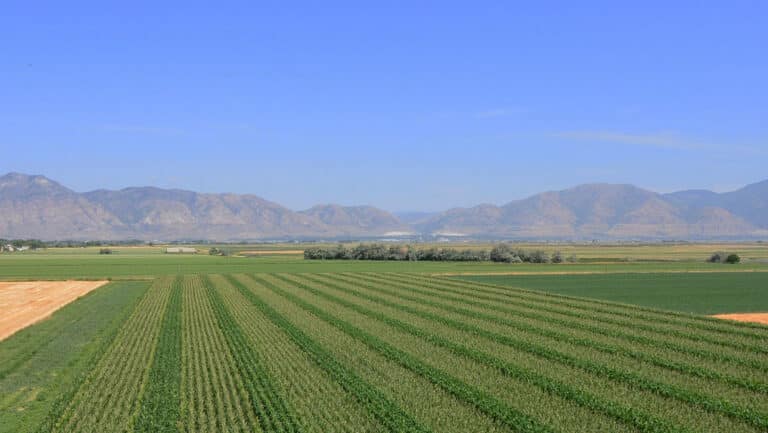Key Farm and Ranch Metrics to Measure and Analyze
Learn more about the metrics that matter in farming and ranching businesses.
Without clear metrics, it’s close to impossible to determine if your farm or ranch is thriving, floundering, or falling somewhere in between, but it can be tricky to determine exactly what those metrics should be as well as how to analyze them.
If you’re looking for tips on how to best measure your agricultural operation’s progress, you’ve come to the right place. Keep reading, and grab paper and a pen – you’re going to want to take notes.
Key Performance Indicators in Farming & Ranching Businesses
First, it’s important to define key performance indicators (KPIs). In short, they’re measures used to evaluate the success of an organization or business and help it define, track, and reach its goals. These metrics are quantitative, practical, directional, and actionable.
How do KPIs apply to agricultural operations? According to agronomy expert Tanja Folnovic, being aware of KPIs can help an ag producer increase productivity and profit, save time and make more informed business decisions, resulting in a more successful business overall.
Folnovic recommends farmers and ranchers track their productivity, finances, administration, and inventory. However, Darren Frye with Farm Futures offers a different approach, suggesting the metrics that matter most vary based on the operation and the operator’s unique goals.
Rather than pointing to specific metrics, Frye encourages farmers and ranchers to simply track their progress in chosen areas regularly and consistently with the goal of ensuring forward progression – increasing their operation’s revenue and paying down debt, for example, or becoming more efficient with assets.
Regardless of the approach one takes, it’s safe to say that both Folnovic and Frye agree with English mathematician and biostatistician Karl Pearson’s famous quote:
That which is measured improves. That which is measured and reported improves exponentially.
Read More: How to Create a Long-Term Business Plan for Your Farm or Ranch
How to Analyze Farm Metrics & Measure Your Operation’s Success
Once key metrics have been identified, they can be analyzed and measured.
If a farmer or rancher is focused on improving productivity, he or she would want to evaluate estimated production potential, yield per plant/acre and inputs per output, while someone more interested in tracking their operation’s inventory would likely want to record and measure how much of particular products they’re using – fertilizers, pesticides and fuel, just to name a few – as well as monthly stock usage and waste percentage.
On the administration side, experts say plantation age structure, plants per hectare, total plant number, field utilization rate, people/employee efficiency, and mechanization utilization should be measured and tracked.
When it comes to finances, a farmer or rancher should consider how the business’ operating performance and financial structure can be changed to increase profitability, along with critical aspects like cash flow, investments, and fixed vs. variable costs.
To track financial performance, you’ll need to determine key profitability measures including operating profit margin, asset turnover ratio, return on assets, return on equity, as well as the operation’s break-even economic volume.
Moreover, farmers and ranchers should consider completing an income needs analysis that takes into account information such as family living expenses, annual term debt principal payments, average annual income, self-employment tax payments, annual planned new investment(s), annual additions to savings and retirement accounts, and any other anticipated needs or desires. That should then be compared to the estimated or expected amount the farm or ranch will provide by reviewing the operation’s past performance.
How AgAmerica Can Help
No matter your agricultural operation’s goals or ambitions, AgAmerica Lending’s professionals can assist farmers and ranchers in analyzing their financial posture. We strive in providing a financial structure that allows landowners to thrive in good times and sleep well during tough times.






